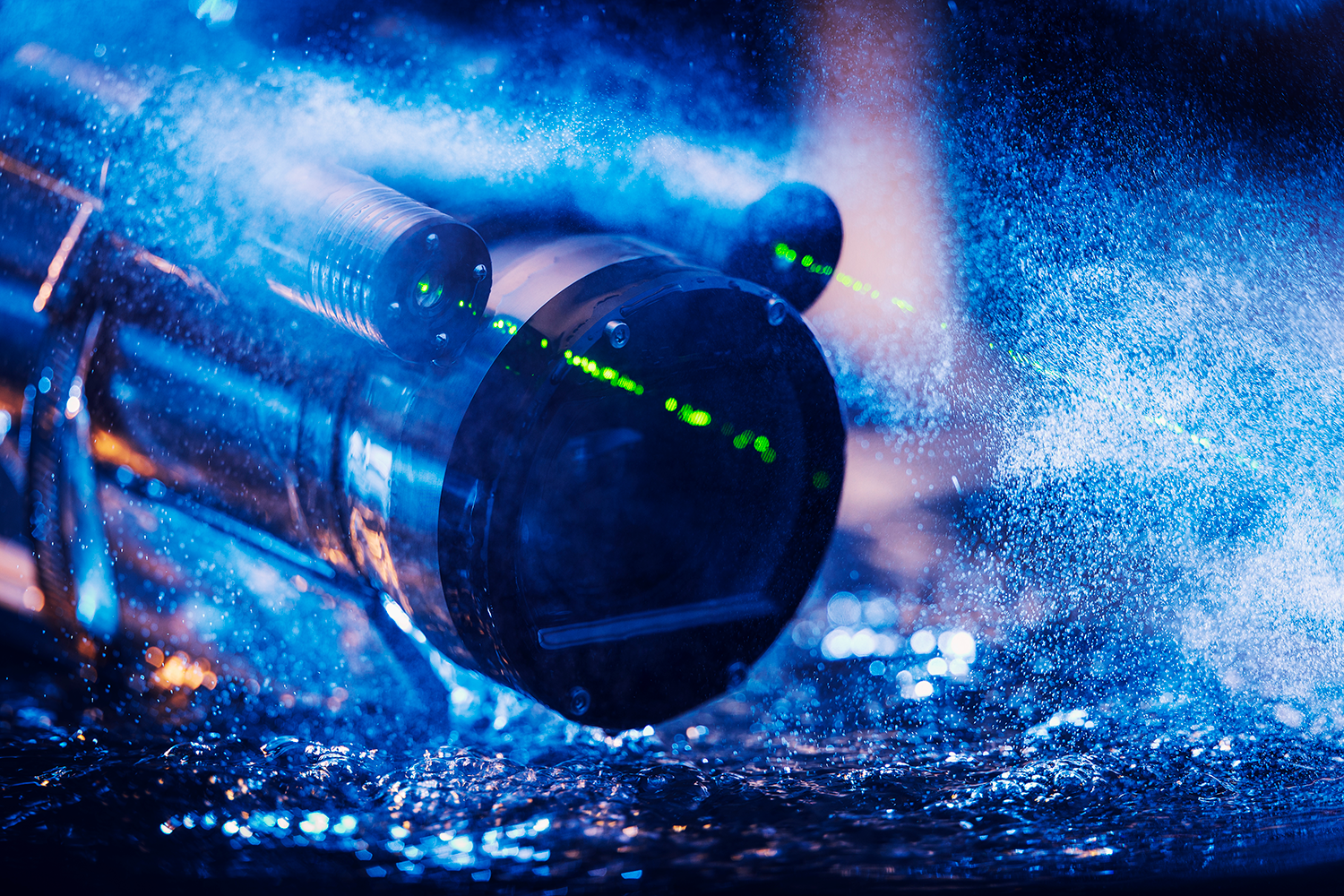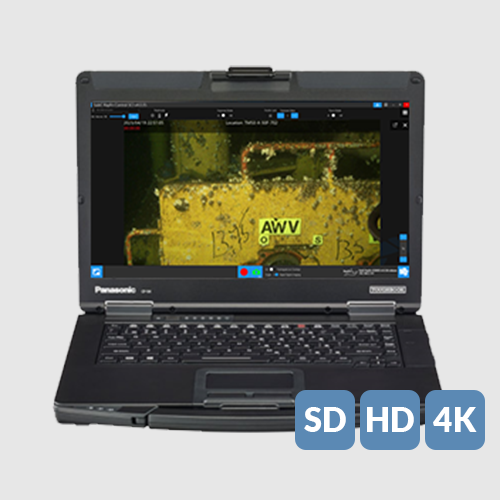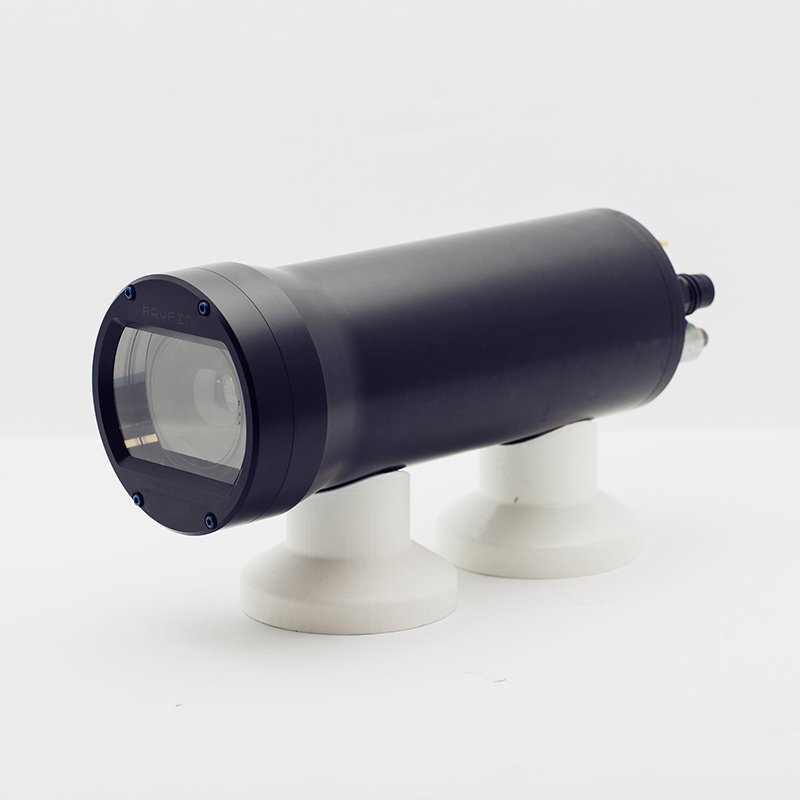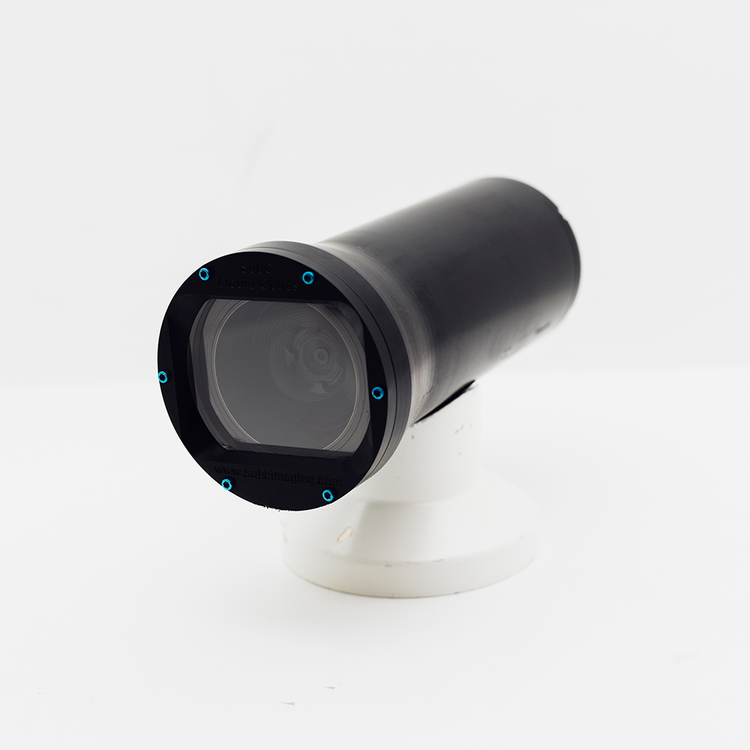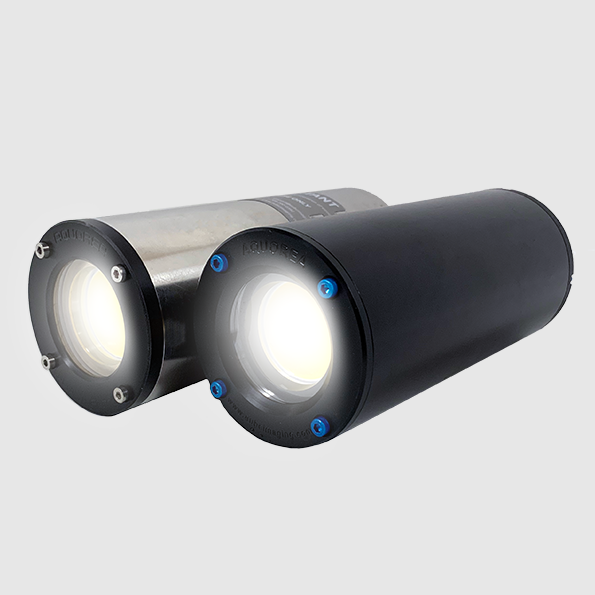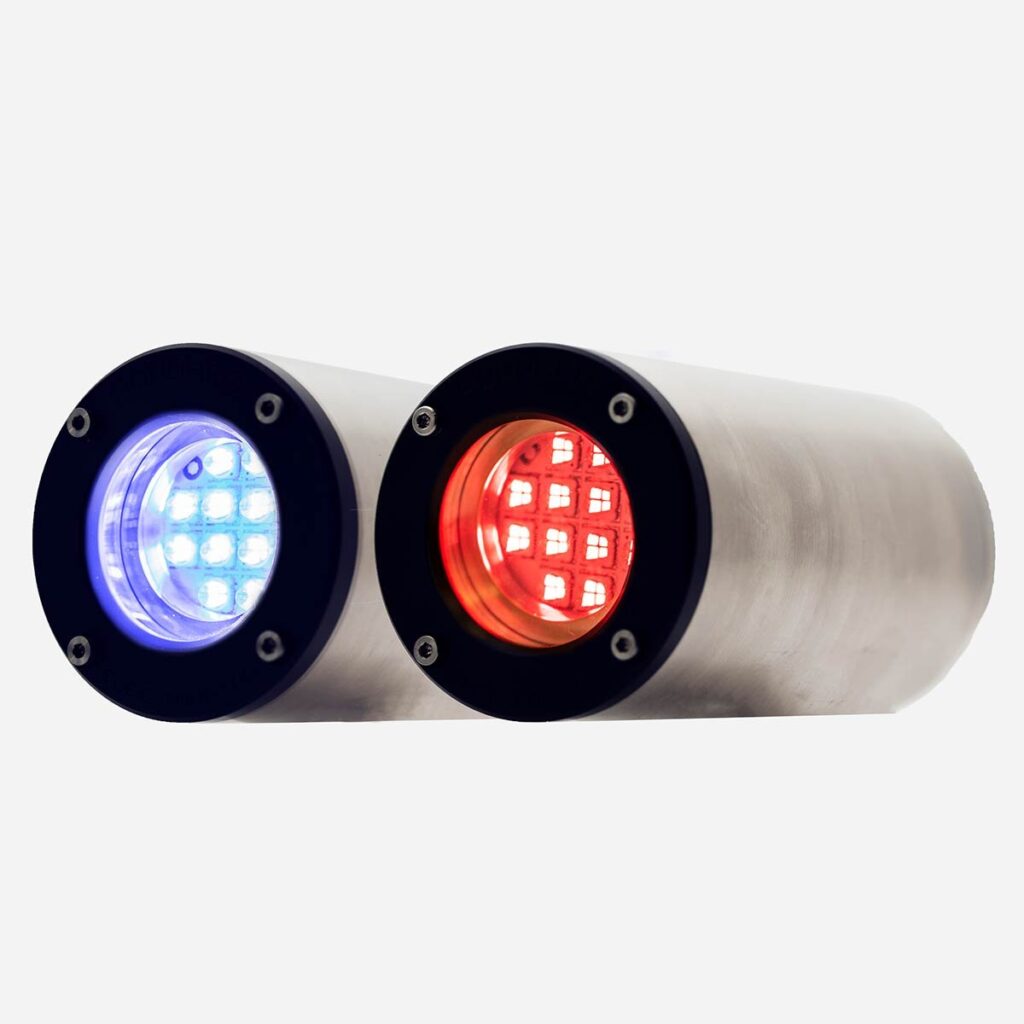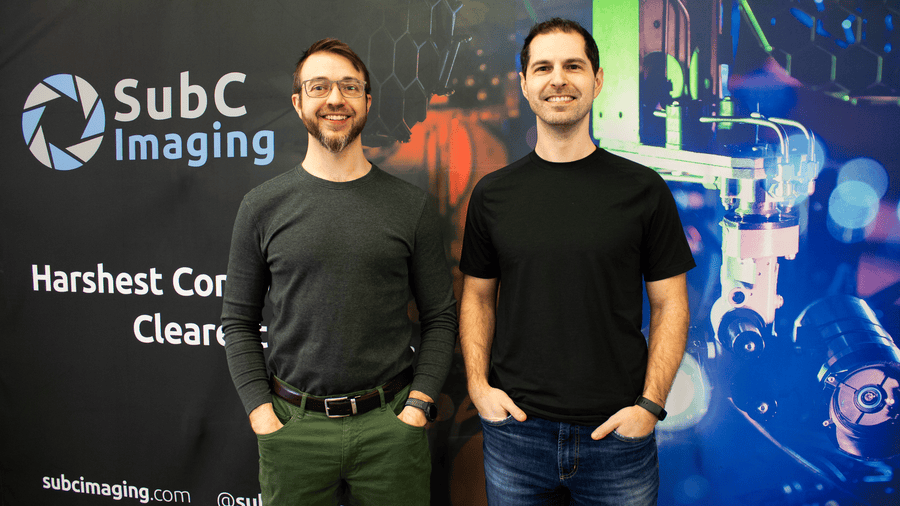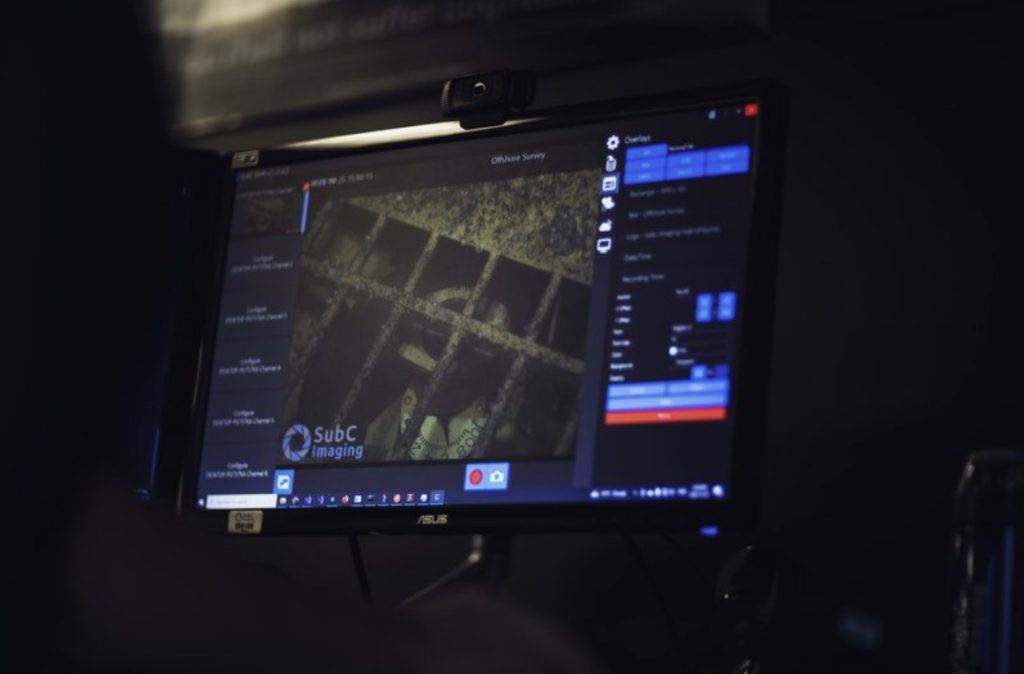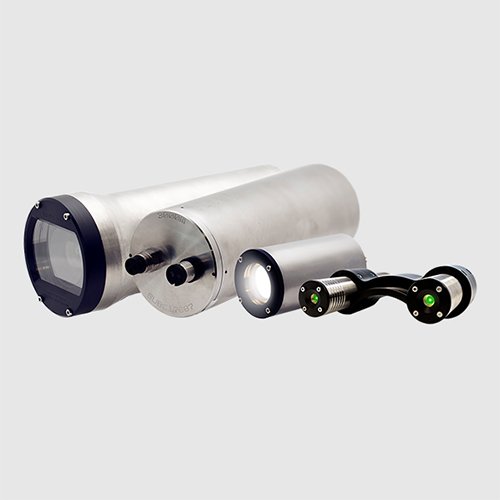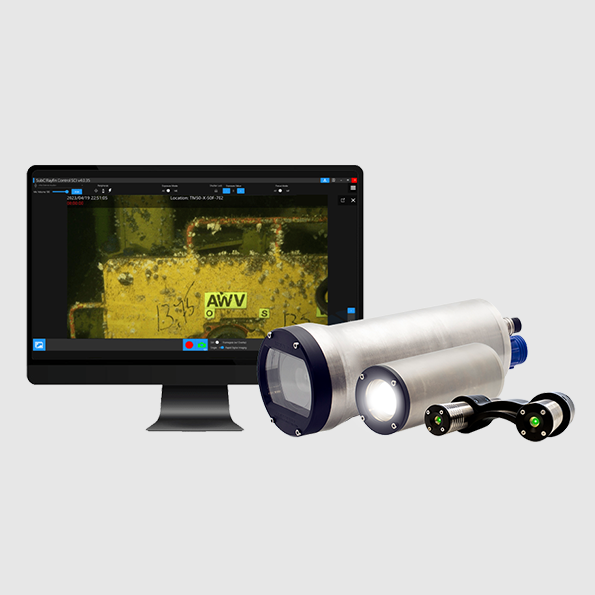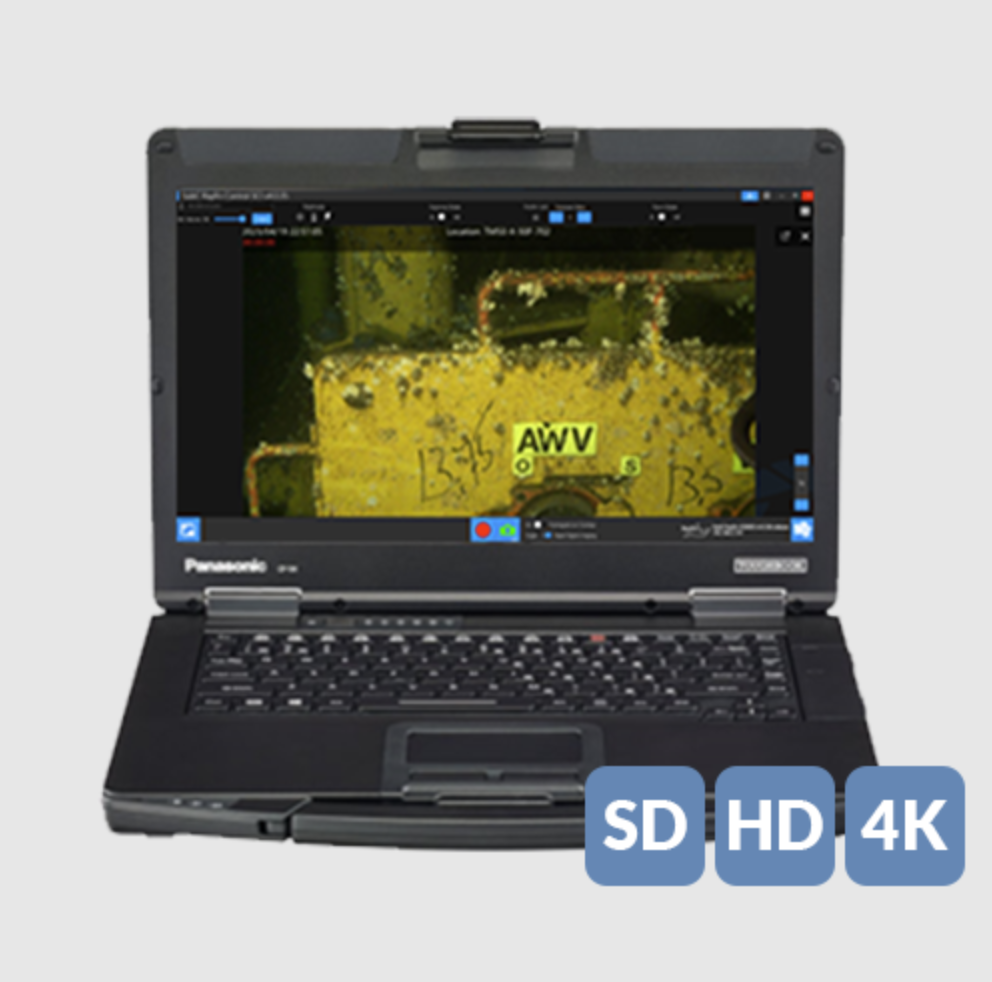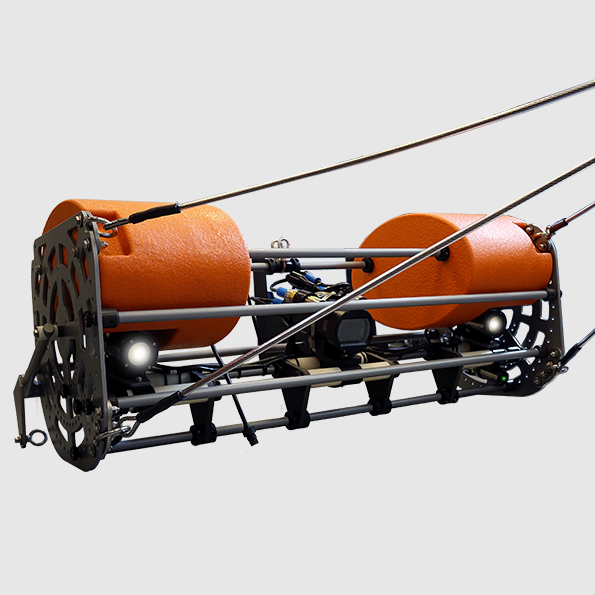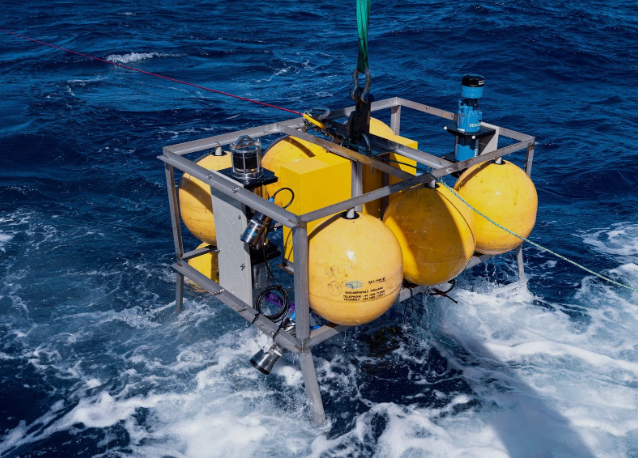
SubC Imaging’s technology is enhancing deep-sea exploration, enabling The University of Western Australia to monitor marine life at extreme depths for 18 months. A case study from SubC Imaging explores how autonomous imaging is transforming ocean research. Learn more > >
Australia’s deep-sea ecosystems are among the least explored environments on Earth, but a groundbreaking project by The University of Western Australia (UWA) is changing that. Led by Dr. Todd Bond, the research team deployed two advanced underwater observatories to continuously monitor marine life in Australia’s deepest Marine Parks—Perth Canyon and Gascoyne Marine Park. At the heart of this effort is SubC Imaging’s Autonomous Timelapse System, which has enabled 18 months of uninterrupted, high-resolution data collection at depths exceeding 5000 meters.
The project aimed to uncover what species inhabit these remote regions, study their connectivity across vast distances, and monitor deep-sea ecosystems over time. However, extreme depths, limited power supply, and the need for long-term data collection posed significant technical challenges. UWA overcame these obstacles by integrating SubC Imaging’s cutting-edge camera technology with oceanographic sensors and sediment traps, creating a self-sustaining research platform.
The observatories captured stunning imagery of deep-sea life, while baited landers revealed previously undocumented species in Australian waters, including rare snailfish and deep-sea prawns. By leveraging SubC’s innovative hibernation mode, the system optimized power usage, ensuring uninterrupted operation throughout the deployment. This research not only expands scientific understanding of abyssal ecosystems but also demonstrates the potential of autonomous technologies to revolutionize deep-sea exploration.


